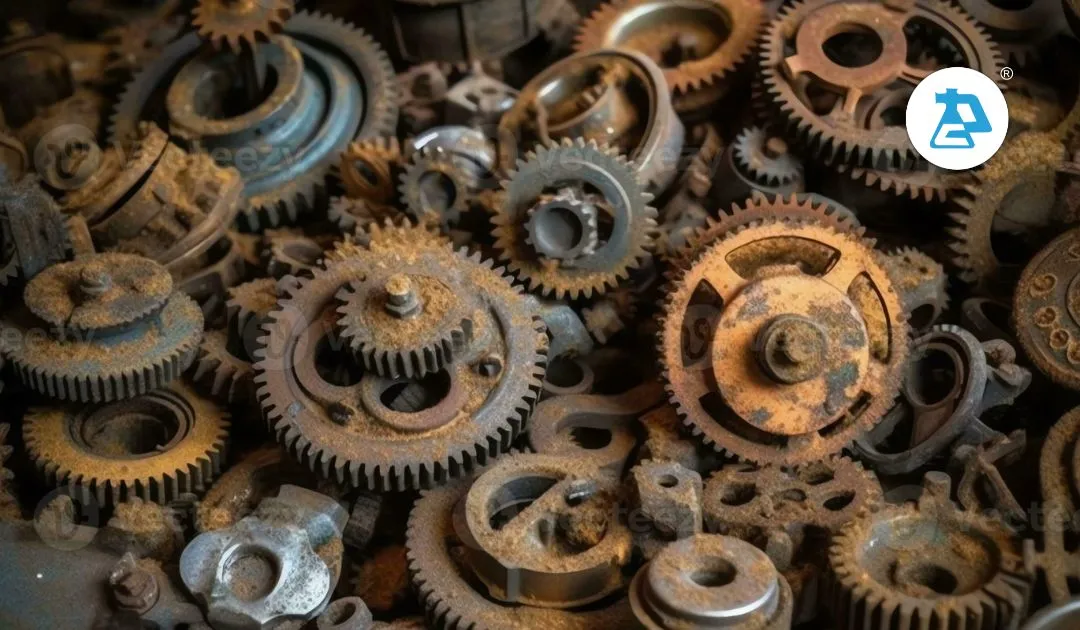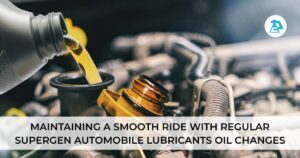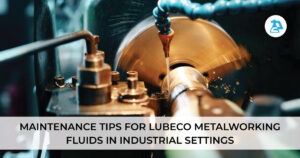Introduction:
Rust, the relentless adversary of metal surfaces, not only mars aesthetics but also poses a threat to structural integrity. Addressing rust requires a nuanced understanding of the materials involved and the severity of corrosion. In this in-depth exploration, we will unravel the intricacies of rust formation, analyze various rust removal methods, and guide you through the meticulous process of selecting the most suitable rust remover for diverse materials and rust severities.
Understanding Rust Formation:
The corrosion process, resulting in the formation of rust, is a complex interplay of factors. When iron or steel interacts with oxygen and moisture, a chemical reaction occurs, leading to the creation of iron oxide. This corrosion weakens the metal over time, causing structural compromise and aesthetic deterioration. Environmental variables such as humidity, temperature, and exposure to corrosive elements amplify the corrosion process. Different materials exhibit distinct susceptibilities to rust, necessitating tailored rust removal approaches.
Types of Rust Removers:
- Mechanical Methods: Mechanical rust removal involves physically scraping or brushing away rust. Wire brushing and sanding fall into this category, effective for surface rust. While these methods are labor-intensive, they provide a tactile approach for intricate surfaces.
- Chemical Methods: Rust converters, often containing phosphoric acid, chemically transform rust into a more stable compound, preventing further corrosion. The gel-like consistency of naval jelly is advantageous for vertical surfaces, ensuring prolonged contact with the affected area.
- Electrolytic Rust Removal: An advanced method, electrolytic rust removal, utilizes a mild electric current to dislodge rust particles. This technique is particularly effective for deep rust and pitting. However, caution is necessary to prevent damage, and protective coatings should follow to impede future corrosion.
- Specialized Rust Removers: Tailored formulations cater to specific materials, ensuring effective rust removal without compromising material integrity. Aluminum-friendly rust removers, for instance, prevent damage to the metal during the removal process.
Choosing the Right Rust Remover for Different Materials:
- Steel and Iron Surfaces: For steel and iron surfaces, phosphoric acid-based rust converters are effective. These solutions not only remove rust but also form a protective coating to prevent subsequent corrosion. Naval jelly, with its gel-like consistency, is suitable for vertical surfaces, ensuring prolonged contact for optimal results.
- Aluminum Surfaces: Aluminum demands a gentle touch to avoid damage during rust removal. Acid-based rust removers may prove too harsh, necessitating the use of specialized aluminum-friendly rust removers. These solutions effectively eliminate rust without compromising the integrity of the aluminum surface.
- Chrome and Stainless Steel: While chrome and stainless steel exhibit resistance to rust, they are not impervious. Non-abrasive rust removers specially formulated for these materials are recommended. These solutions effectively remove rust without causing damage or scratching, preserving the shine of these surfaces.
Determining Rust Severity:
- Surface Rust: Surface rust, characterized by a reddish-brown discoloration, is the initial stage of corrosion. Mechanical methods like wire brushing or sanding, combined with a rust converter, can effectively remove surface rust without causing significant damage to the material.
- Deep Rust and Pitting: Deeper rust and pitting demand a more aggressive approach. Electrolytic rust removal, utilizing a mild electric current, is effective for severe rust. However, following up with protective coatings is imperative to prevent future corrosion and ensure the prolonged integrity of the metal.
- Preventive Measures: Removing rust is just the first step; implementing preventive measures is crucial. Rust inhibitors and protective coatings act as barriers, shielding the metal from oxygen and moisture, the primary catalysts for rust formation. Regular maintenance and proactive measures are key to keeping rust at bay.
Conclusion:
Choosing the right rust remover is a meticulous process that requires an understanding of materials, rust severity, and available removal methods. Whether dealing with steel, aluminum, chrome, or stainless steel, a tailored approach ensures optimal results. Proactive measures, coupled with regular maintenance, are essential for preserving the integrity of metal possessions. By navigating the nuances of rust removal, you can effectively combat corrosion and prolong the lifespan of your valuable items.






